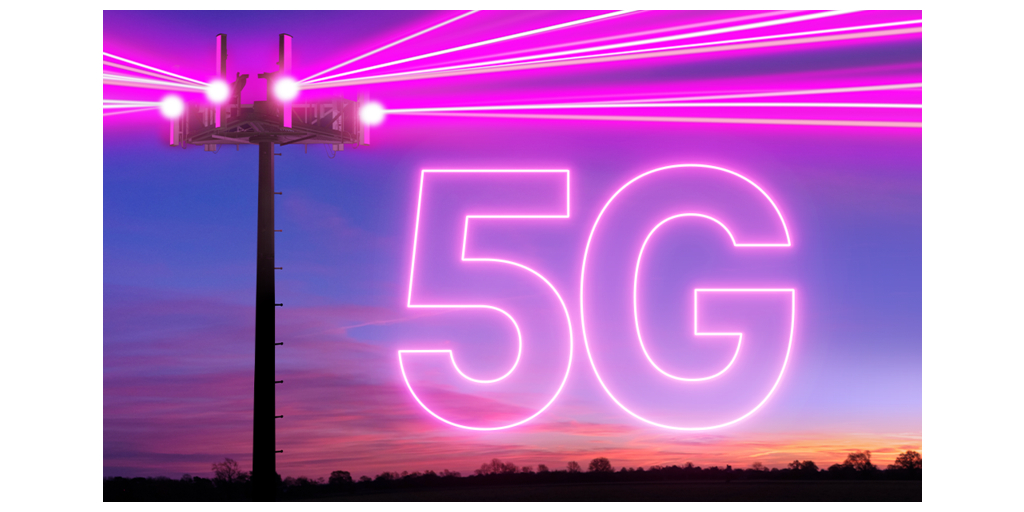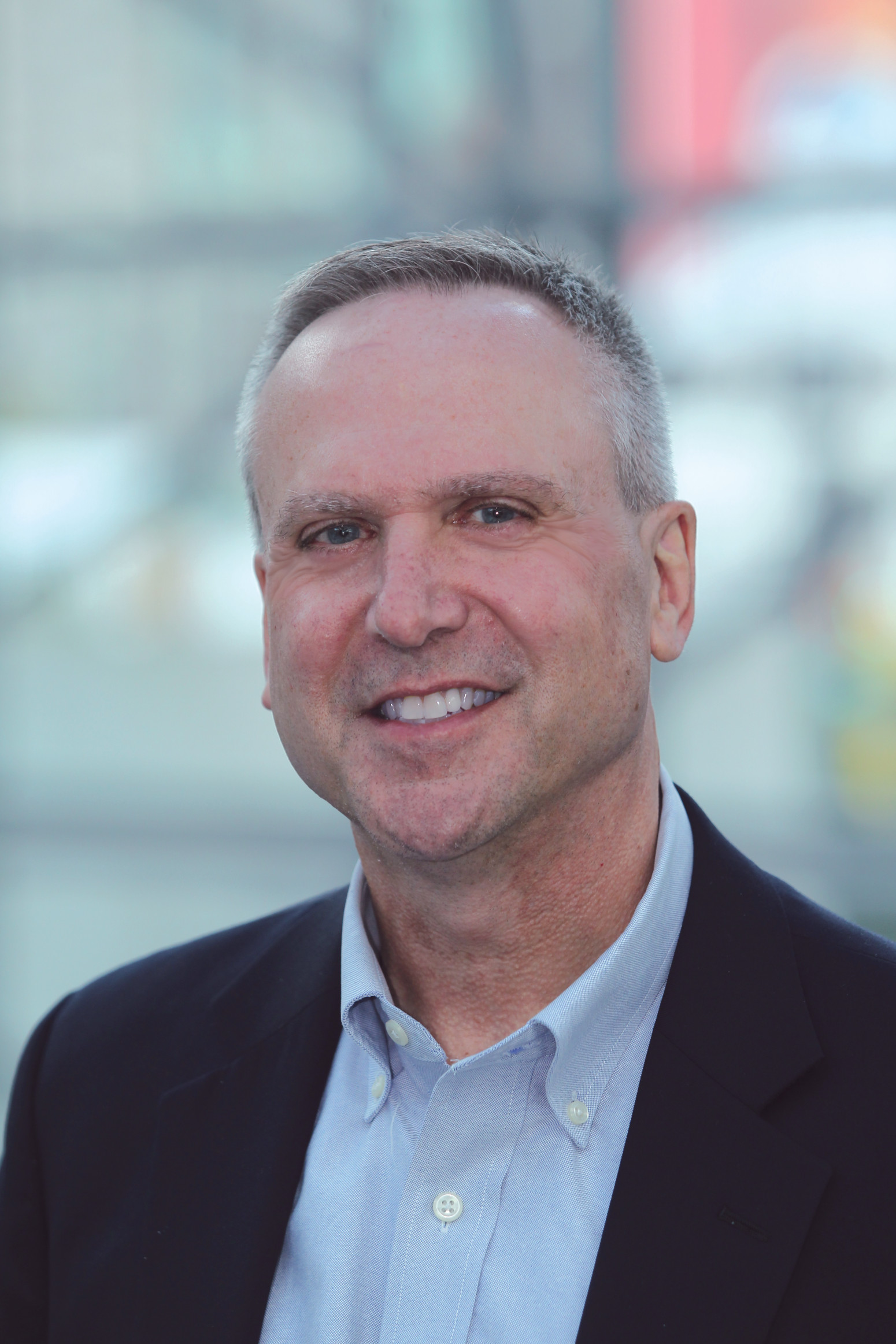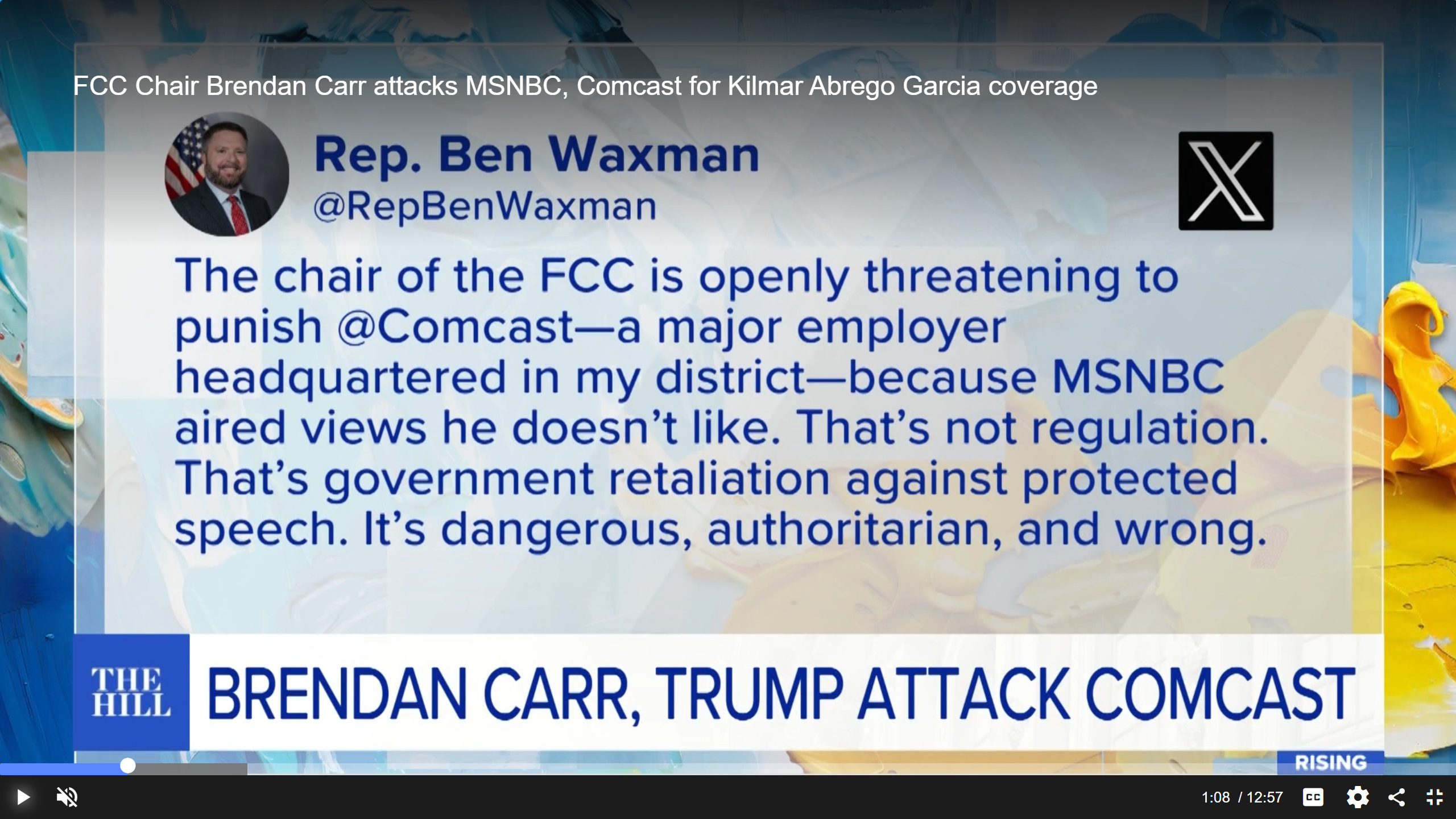Station Group Asks FCC to Allow LPTVs to Move to An All Datacasting Model
Requests commission approve 5G Broadcast for LPTV

HC2 Broadcasting, a station group that advocates the adoption of 5G Broadcasting for the U.S. broadcasting industry, is asking the FCC to approve the standard for low power TV stations to move to potentially move to an all datacasting model.
The request comes a year after the group, which owns 131 LPTV/Class A stations and four full power stations, asked the commission to allow two Connecticut LPTVs conduct experimental broadcasts 5G Broadcasts. The FCC approved the first experimental 5G Broadcast station—Milachi Media's WWOO-LD in Boston in 2023.
HC2 has been working with XGN Networks, a start-up led by "SuperFrank" Copsidas to allow broadcasters to adopt 5G Broadcast as a voluntary alternative to ATSC 3.0/NextGen TV, which was approved by the FCC in 2017 and is currently available to about 76% of U.S. TV households.
5G Broadcasting is a direct to mobile platform that runs independently of any other service on a smartphone chip be it cell service, satellite, wifi, or Bluetooth. Advocates, including the “5G Broadcast Collective”—which includes HC2, Malachi Media and the LPTV Broadcasters Association—say broadcasters can deploy 5G Broadcast by replacing their current exciter with 5G Broadcast exciter with modulator and 5G core software, without impacting the station’s current transmitter and antenna.
The time has come to allow all 6 MHz of LPTV spectrum to be exclusively devoted to datacasting without the need for a free-to-air signal, given the ubiquitous nature of 5G-capable devices."
HC2
Although 5G Broadcast has been approved by international standards bodies, the standard has not been approved for commercial use in the U.S. and there are no mobile devices on the market that can receive such 5G Broadcasts in this country.
Although HC2’s petition doesn’t ask the LPTV to abandon current rules that require them to broadcast at least one free-to-air standard definition (“SD”) signal, it does want the commission to explore a potential all video-free future.
(Read: "What is 5G Broadcast?")
Get the TV Tech Newsletter
The professional video industry's #1 source for news, trends and product and tech information. Sign up below.
“With the remaining capacity available for ancillary and supplementary services, the Commission should examine whether the time has come to allow all 6 MHz of LPTV spectrum to be exclusively devoted to datacasting without the need for a free-to-air signal, given the ubiquitous nature of 5G-capable devices.”
Datacasting is nothing new for U.S. broadcasters. PBS has partnered with public safety and educational organizations to test datacasting over ATSC 3.0 and commercial broadcasters such as Sinclair, Nexstar Scripps and Gray have teamed up to launch Edgebeam to use 3.0 for enterprise datacasting services.
Spectrum Efficiency
HC2 says it is petitioning the FCC for several reasons based on LPTV’s business model and the public interest.
“The technology allows an LPTV station to transmit a single 5G signal to its entire service area, which can be received by any compatible mobile device,” HC2 said. “5G Broadcast thus provides both the spectrum efficiency of the one-to-many structure of broadcast operations and access to compatible mobile devices on existing 5G networks. LPTV stations utilizing 5G Broadcast are poised to deliver numerous benefits across multiple services, including enhanced programming, datacasting, connectivity, and public safety."
HC2 added that adopting its proposal “would require very few rule modifications,” and that the rue changes are aimed at “authorizing its use by LPTV stations on a voluntary basis.”
It also said that LPTV broadcasters would continue to operate according to FCC rules.
"LPTV stations that voluntarily choose to operate in 5G Broadcast mode would be required to comply with all of the existing technical requirements for LPTV stations… including maximum power levels and emission requirements," adding that “because there is no proposed increase in power levels or in unwanted emissions, there is no greater potential for increased harmful interference to any other broadcast or non-broadcast users than there would be from LPTV stations using the ATSC 1.0 or ATSC 3.0 transmission standard.”
LPTVs are Different
HC2 also argued that the LPTV sector has been treated differently than full-power stations during the current transition to ATSC 3.0., and that because LPTV stations are not required to also carry 1.0 simulcasts, the industry is better positioned to experiment with 5G Broadcast.
“LPTV stations have been less engaged in the ATSC 3.0 conversion, and the majority of LPTV stations still operate in ATSC 1.0 mode,” the petition said. “Indeed, in recognition of the fact that LPTV stations are fundamentally different from full power TV stations when it comes to ATSC 3.0, the Commission specifically authorized LPTV stations to 'flash-cut' to ATSC 3.0 without being obligated to continue airing an ATSC 1.0 simulcast. Full power TV stations, in contrast, are subject to a burdensome ATSC 1.0 simulcasting requirement when they voluntarily elect to broadcast in ATSC 3.0.”
HC2 also said it was not asking for any mandates requiring consumer electronics manufacturers to make devices compatible with the standard.
“Importantly, unlike the recent petition requesting a hard transition date for converting TV stations from ATSC 1.0 to ATSC 3.0, this Petition would not impose any mandates on TV receiver manufacturers or require multichannel video programming distributors (“MVPDs”) to make any changes to their physical infrastructure,” they said.
HC2 argued that 5G Broadcast represents the next generation of television, contrasting it with ATSC 3.0’s approach.
“Like ATSC 3.0, 5G Broadcast transmissions eventually may be receivable on conventional television sets, depending on market conditions,” they said. “HC2 is not proposing that TV manufacturers be obligated to include 5G Broadcast-capability within their sets because the marketplace should decide that issue. Moreover, even though the concept of solely ‘in the home' TV viewing may now be considered quaint, the marketplace of TV 'receivers' in today’s world is now essentially anyone with a handheld compatible 5G device, in any location.”
It also called for the signals to be unencrypted and “freely available to any viewer with a compatible device or receiver, without the use of a decoder.”
HC2 says current tests have been very positive. “Preliminary results… confirm that 5G Broadcast reception from on-site trial receivers has been excellent, with strong signal reception as far as 20 or more miles away from the transmission site.”
HC2 said its proposal is consistent with FCC rules that require using spectrum that is most beneficial to the public interest and issued a challenge to opponents, quoting FCC rules that “[a]ny person or party (other than the Commission) who opposes a new technology or service proposed to be permitted under this chapter shall have the burden to demonstrate that such proposal is inconsistent with the public interest.”
Although FCC Chairman Brendon Carr is bullish on advancing 5G technologies, his position on "5G Broadcast" is less known. However, he has called for new spectrum auctions that could impact its future.
Tom has covered the broadcast technology market for the past 25 years, including three years handling member communications for the National Association of Broadcasters followed by a year as editor of Video Technology News and DTV Business executive newsletters for Phillips Publishing. In 1999 he launched digitalbroadcasting.com for internet B2B portal Verticalnet. He is also a charter member of the CTA's Academy of Digital TV Pioneers. Since 2001, he has been editor-in-chief of TV Tech (www.tvtech.com), the leading source of news and information on broadcast and related media technology and is a frequent contributor and moderator to the brand’s Tech Leadership events.

